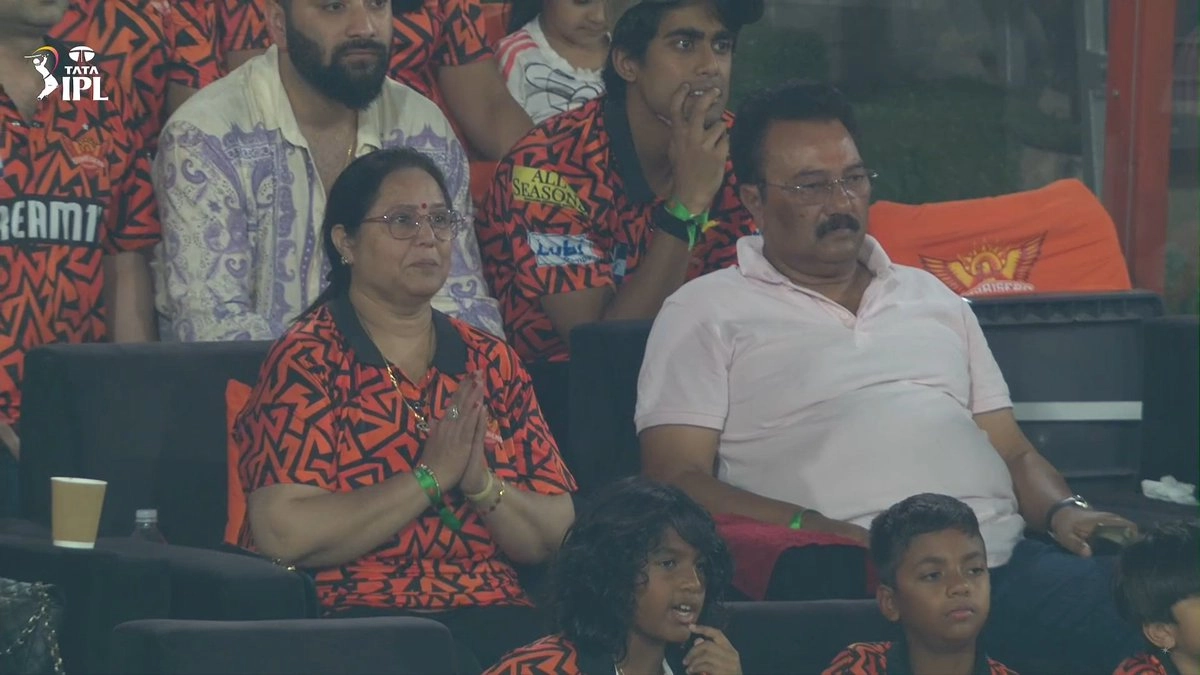The recent altercation between Gautam Gambhir and the curator of the Oval pitch has sparked considerable debate in the cricketing community. Gambhir, a former Indian cricketer and now a prominent commentator, expressed his dissatisfaction with the pitch conditions, believing they were not conducive for a fair contest. His comments seemed to touch a nerve, leading to a heated exchange with the pitch curator. The incident has highlighted the ongoing tensions that can arise in the sport, particularly concerning pitch preparation and its implications on match outcomes.
Gambhir’s frustrations stem from the fact that the quality of the pitch can significantly influence the performance of the teams involved. A pitch that favors one side over the other can lead to a lopsided encounter, bringing into question the integrity of the game. His remarks were not merely a reflection of personal annoyance but rather a broader commentary on the standards of pitch preparation in international cricket. The curator, on the other hand, defended the pitch, asserting that it met the required standards and that Gambhir’s criticisms were unfounded. This clash of perspectives underscores the complexities involved in creating a neutral playing field.
This incident has reignited discussions about the role of pitch curators and their responsibilities in ensuring that matches are competitive and fair. The curator’s role is crucial, as they must balance factors such as weather conditions, ground conditions, and the characteristics of the playing surface to provide a pitch that is challenging yet equitable for both teams. When tensions like this arise, it raises questions about accountability and the transparency of the pitch preparation process.
In the world of cricket, where every detail can be scrutinized, interactions such as these serve as reminders of the passion that the sport ignites among its players and officials. Gambhir’s stature in the cricketing community lends weight to his opinions, and such disputes can have ripple effects, influencing perceptions of the sport’s administration and governance. As the cricketing world observes this spat, it becomes evident that discussions around pitch preparation and its implications for fair play are more relevant than ever, urging stakeholders to address these issues constructively for the betterment of the game.




